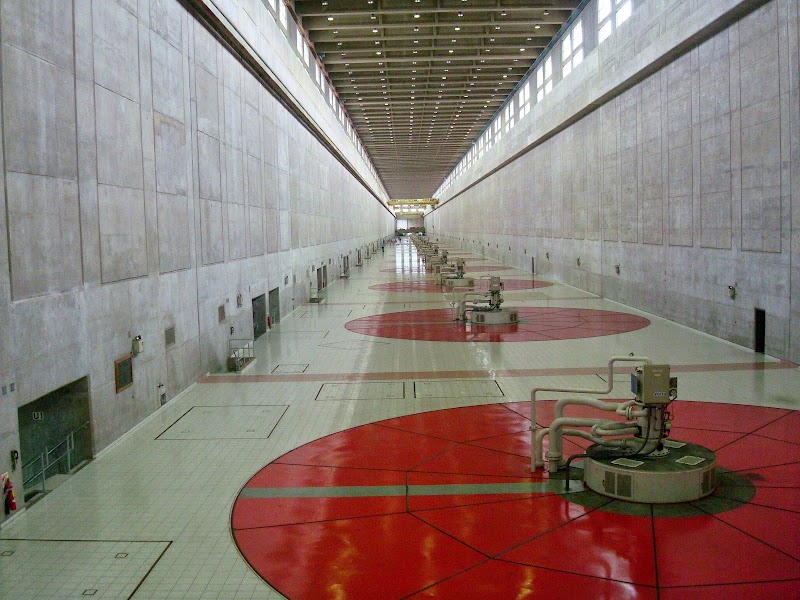
Isla Cambyretá Natural Reserve Adventures
Isla Cambyretá Natural Reserve is a protected island area in Paraguay known for its rich biodiversity, especially its birdlife and aquatic ecosystems ideal for wildlife observation and eco-tourism.
About Isla Cambyretá Natural Reserve

Isla Cambyretá Natural Reserve is located in the Paraná River within the Itapúa Department of Paraguay. It is a significant natural island ecosystem formed by the dynamics of the river, featuring aquatic and semi-aquatic habitats, floodplain forests, and wetlands. The reserve protects vital habitats for numerous species of fish, mammals, amphibians, and over 200 bird species, many of which are important for conservation. The island plays a critical role as a breeding and feeding ground for native wildlife and serves as a natural corridor for migratory birds. In addition to its ecological importance, Isla Cambyretá has cultural and historical value for local indigenous communities and traditional fishermen who rely on the area sustainably. Visitors to the reserve can experience pristine natural scenery with opportunities for birdwatching, guided boat tours, photographic safaris, and low-impact hiking in limited accessible zones. The reserve is a less developed protected area, emphasizing conservation, environmental education, and research. Its remote location and dependence on water access means visitor numbers remain low, ensuring minimal disturbance to wildlife. For nature lovers and eco-tourists, Isla Cambyretá offers a glimpse into the subtropical river island ecosystem of the Paraná River basin while promoting responsible tourism practices.
Highlights
Diverse birdwatching opportunities with over 200 recorded bird species
Pristine aquatic ecosystems hosting endangered fish species
Traditional indigenous fishing villages demonstrating sustainable practices
Remote island access by boat offering serene natural immersion
Notable Natural Features
Floodplain Forests
Lush seasonal forests providing habitat for a wide variety of amphibians, reptiles, and mammals.
Wetlands and Lagoons
Critical breeding grounds for fish and aquatic birds that support regional biodiversity.
Indigenous Fishing Communities
Cultural sites where traditional fishing methods are practiced, contributing to conservation education.
